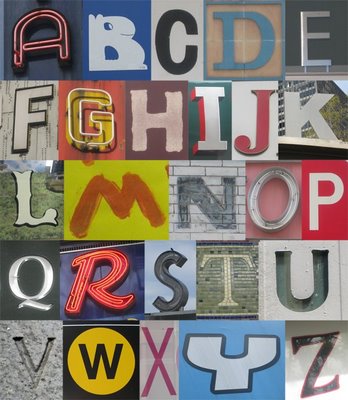Villager scores!
To The Editor:
Re “Is it a 2-on-1 game again? City files notice on N.Y.U.” (news article, Feb. 20):
Another excellent article covering the N.Y.U. plan and the community’s opposition. Thank you, Villager, for this, and for raising the question, “Where does the mayor stand?”
Minerva Durham
N.Y.U. cries foul
To The Editor:
Your article of Feb. 20, 2014 (“Is it a 2-on-1 game again? City files notice on N.Y.U.”), contained several inaccuracies that we feel compelled to correct.
Actor John Leguizamo suggested in his quote that New York University moved to Greenwich Village from the Bronx in recent history. For the record, N.Y.U. first moved to the Village in 1835, four years after its founding, not the 1950s, and has been a constant presence in the Village ever since.
The article also quotes the plaintiffs in the N.Y.U. court case as saying that, as a result of the recent court decision, the university should go “back to the drawing board” for its expansion plans. However, the article did not mention that Justice Donna Mills specifically rejected the plaintiffs’ effort to overturn the City Council’s ULURP approval.
A fairer reporting of the facts would show that the ULURP approval was upheld by the court and that is why the plaintiffs are now appealing four actions where the court ruled in favor of the city and N.Y.U.
Philip Lentz
Lentz is director, N.Y.U. Public Affairs
I wasn’t his widow
To The Editor:
Re “Here we au Go Go again” (arts article, Feb. 20):
In the performance schedule for Feb. 24, you identify me as “Dave Van Ronk’s widow.” That’s incorrect. I managed folksingers, including David, during the 1960s, and Dave and I were married. We separated in the late 1960s and remained friends until he died. We’ve both been with other people for many years. Dave’s widow is Andrea Vuoculo.
Terri Thal
Post office of the future?
To The Editor:
Re “Post office openings and closings” (news article, Feb. 20):
Our post offices play a vital role for people who cannot afford private mail options. Many depend on them for their contact with the outside. They are community resources.
The Office of the Inspector General proposed a way to keep this vital function while offering much-needed services, especially to financially strapped customers. Senator Warren has concurred.
The statistics are outrageous:
More than a quarter of all U.S. households (roughly 68 million Americans) spent about $89 billion in 2012 on interest and fees for non-bank financial services (payday loans, check-cashing, etc.), an average of $2,412 per household.
Poor Americans spend roughly 10 percent of their income on basic banking services. Many banks offered, in essence, payday loans, with annual interest rates of more than 300 percent.
Under the O.I.G. plan, in addition to selling stamps and processing mail, the post office would offer prepaid cards, allowing users to pay bills online and withdraw money at A.T.M.s, as well as perform check-cashing, small international money transfers, small loans and bill paying. The post office would also develop services to let customers save and borrow money.
But banks object. They make money off low-income Americans. The median overdraft charge is $34 at large banks and $30 at smaller financial institutions. Banks made an estimated $32 billion in overdraft fees in 2012.
Other countries have done this, and O.I.G. says that if even 10 percent of what underserved Americans pay on bank interest and fees went to the U.S. Postal Service, it would generate $8.9 billion in new revenue per year.
K Webster
E-mail letters, not longer than 250 words in length, to news@thevillager.com or fax to 212-229-2790 or mail to The Villager, Letters to the Editor, 515 Canal St., Suite 1C, NY, NY 10013.




































